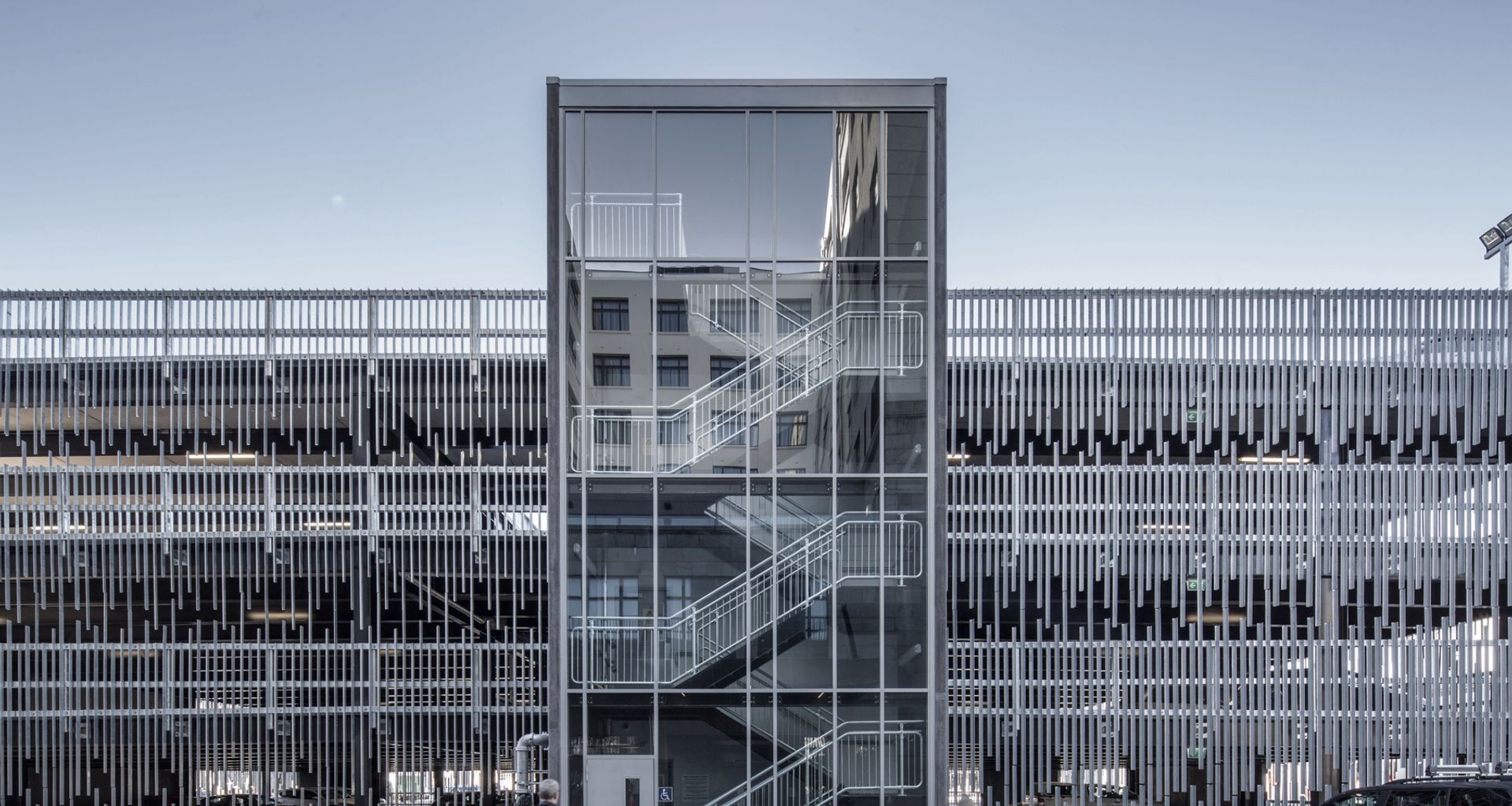Strong urban design principles underpin transportation hubs

Nationwide, councils are now looking to explore infrastructure developments designed to transform town centres, eliminating congestion issues, improving accessibility, providing new public amenity spaces and enhancing the visitor experience. The key design driver for a transportation hub is a strong urban focus, resulting in high quality solutions that sit sympathetically within the urban context, address the surrounding street frontages, are inviting and safe, allow easy permeability through the site, provide added community amenity, and are well integrated with the surrounding neighbourhood.
Where natural beauty surrounds the sites; an appropriate design response is for the built insertions to be complementary with, but subservient to, the broader natural environment. Texture, light, shade, materiality and colour are carefully considered to give the exteriors a sculptural quality, and one which adds interest whilst also reducing the overall visual impact. These hubs service mixed transportation modes, including built in capacity to accommodate greater numbers of electric vehicles in future.
Transportation Hub’s should embody connections with local culture and history, creating a distinctly local flavour that speaks of its place and reinforces the destination’s reputation as a meeting place and social and economic centre. Although responding to a pragmatic functional need they make a positive contribution to the character and quality of New Zealand towns and cities for all to enjoy.
Matt Sloper - Architect
